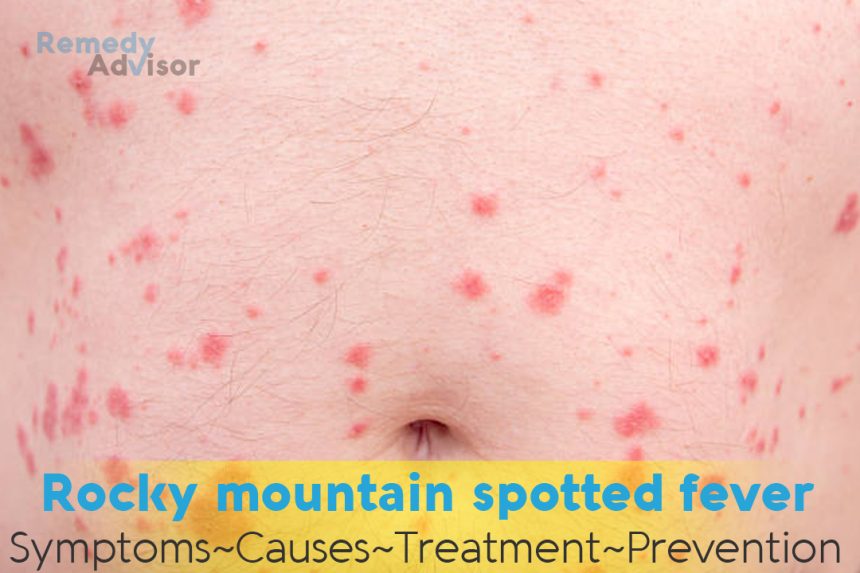What is it
First common in the Rocky Mountain region of this country in the 1940s, Rocky Mountain spotted fever (RMSF) is a serious microbial illness caused by the bite of a tick that now primarily inhabits the southern Atlantic states North Carolina, Virginia, and Maryland as well as Oklahoma. More than 90 percent of the cases occur between April 1 and September 30, the time of year when the ticks are most active.
The illness can last two to three weeks. A single episode of RMSF usually provides lifelong immunity, but the disease can recur.
Symptoms
- Severe headache.
- Chills, with fever that often reaches 104°F and can stay elevated for weeks if untreated.
- A pink rash that appears within two to six days of the fever, typically on the wrist and ankles, and spreads to the rest of the body and the face within 24 hours. This rash is one of the few that appear on the palms and the soles of the feet. (About 1 percent of patients never get the rash.)
- Nausea, vomiting, diarrhea, abdominal pain.
- Muscle aches.
- Heightened sensitivity to light.
What causes it
The bite of an adult dog tick or wood tick infected with the organism R. rickettsii is the primary cause of the illness. If a tick bites you during a feeding period of its final two-year life cycle, the organism invades and multiplies in the cells lining the arteries and veins throughout the body.
What if you do nothing
If left untreated, mild cases of RMSF may dis- appear within two weeks. Severe cases require medical attention and usually hospitalization, since the illness can result in heart failure, pneumonia, kidney problems, and other serious complications. Between 20 and 30 percent of the cases of RMSF end up being fatal.
Home remedies
There are no home remedies for RMSF, which should be diagnosed and treated by a physician.
Prevention
Minimize contact
Stay out of tick-infested terrain, typically mountainous, heavily wooded, or sagebrush areas.
Protect yourself
If you are in known tick areas, wear protective clothing and use insect repellent on exposed skin and clothing.
Look for ticks
Once you arrive home, inspect your body for ticks.
Remove any ticks
Use tweezers to pull or pinch off any tick attached to your skin; if you must use your fingers to touch the tick, cover them with tissue.
Wash
Wash the area of the bite with soap and water or an antiseptic to thoroughly disinfect it.







